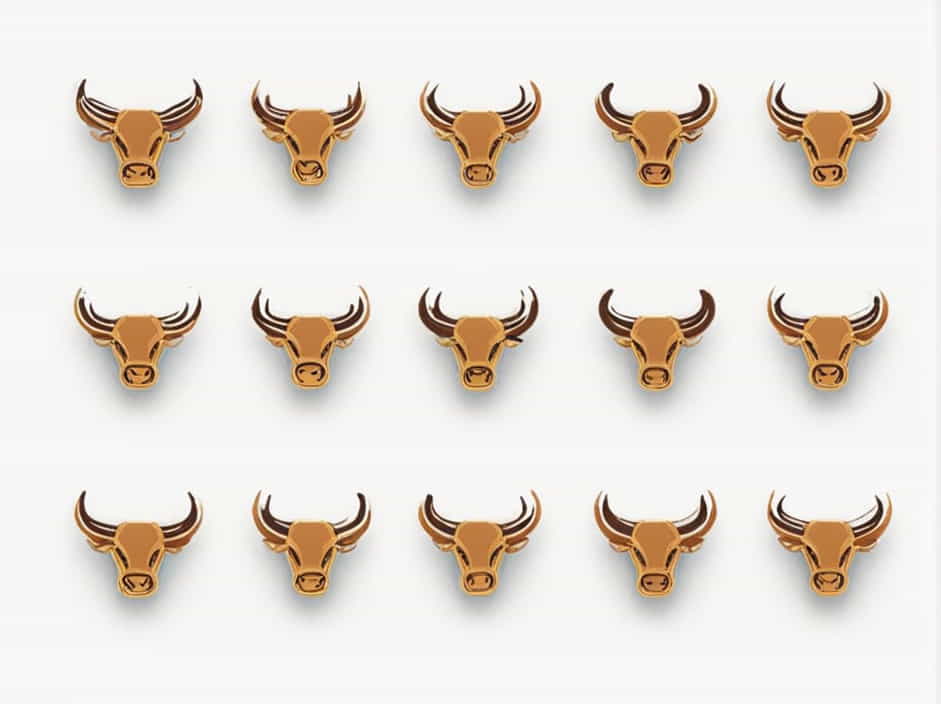Watusi cattle are one of the most unique and striking breeds in the world. Known for their enormous, curved horns and deep historical significance, these cattle have been a symbol of wealth, power, and survival for centuries. But what exactly makes Watusi cattle special? This topic will explore their characteristics, history, uses, and why they are valued in different parts of the world.
The Origin and History of Watusi Cattle
Watusi cattle, also known as Ankole-Watusi, trace their origins to Africa, particularly in regions of Uganda, Rwanda, and Burundi. These cattle are descendants of ancient Egyptian longhorn cattle, dating back over 6,000 years. They were highly valued by African tribes such as the Tutsi and Hima, who considered them a sign of prosperity and social status.
During the 20th century, Watusi cattle were introduced to Europe and North America, where they gained attention for their extraordinary appearance and adaptability. Today, they are found in various countries, including the United States, where they are bred for ornamental purposes and as a symbol of African heritage.
Unique Physical Characteristics
1. Massive Horns
One of the most recognizable features of Watusi cattle is their enormous horns. These horns can grow up to 8 feet (2.4 meters) in length and serve multiple purposes, including thermoregulation. The large blood vessels inside the horns help dissipate heat, keeping the animal cool in hot climates.
2. Elegant Appearance
Watusi cattle have a sleek, muscular body covered in short, glossy hair. Their coat color varies, but they are commonly reddish-brown, black, or spotted. Their long legs and graceful stance make them stand out among other cattle breeds.
3. Adaptability to Harsh Environments
These cattle are highly resilient and can survive in extreme conditions with minimal food and water. Their digestive system allows them to extract nutrients from poor-quality forage, making them well-suited for arid regions.
The Importance of Watusi Cattle in African Culture
1. Symbol of Wealth and Status
In African societies, Watusi cattle are more than just livestock. They represent wealth, power, and social prestige. Owning a large herd signifies high status, and these cattle are often given as dowries in traditional weddings.
2. Sacred and Ceremonial Roles
Many African tribes consider Watusi cattle sacred. They are used in rituals, festivals, and as offerings to ancestors. Their horns are often incorporated into art, jewelry, and traditional decorations.
3. Milk Production
Watusi cows produce milk with high butterfat content, which is essential for traditional dairy products like yogurt and cheese. Although their milk yield is lower than that of commercial dairy breeds, it is highly nutritious and valued by local communities.
Uses of Watusi Cattle Around the World
1. Exotic Livestock for Farms and Ranches
In North America and Europe, Watusi cattle are popular among ranchers who want exotic animals on their farms. Their striking appearance makes them a major attraction in wildlife parks and private collections.
2. Genetic Improvement of Other Breeds
Watusi cattle are sometimes crossbred with other cattle breeds to improve hardiness and disease resistance. Their ability to thrive in harsh environments makes them valuable for breeding programs.
3. Tourism and Conservation Efforts
Some conservation organizations focus on preserving purebred Watusi cattle. These programs help maintain their genetic diversity while promoting cultural heritage. Tourists visiting African reserves often admire these majestic animals, contributing to eco-tourism efforts.
Challenges and Conservation Efforts
1. Declining Purebred Populations
Due to modernization and crossbreeding, the number of purebred Watusi cattle is decreasing. Efforts are being made to preserve their genetic purity through selective breeding programs.
2. Competition with Modern Cattle Breeds
Commercial cattle breeds like Holstein and Angus dominate the livestock industry, making it difficult for traditional breeds like Watusi to thrive in large-scale agriculture.
3. Habitat Loss and Climate Change
Changes in land use and climate conditions threaten the natural habitats of Watusi cattle. Conservationists are working to establish protected areas where these cattle can continue to flourish.
Watusi cattle are truly one of the most remarkable breeds in the world. With their enormous horns, historical significance, and cultural importance, they have captivated people for centuries. Whether as a symbol of wealth in Africa, an ornamental breed in ranches, or a genetic resource for livestock improvement, these cattle continue to hold a special place in the hearts of many.
Understanding their role in history and modern society helps ensure that Watusi cattle remain a thriving breed for future generations.
